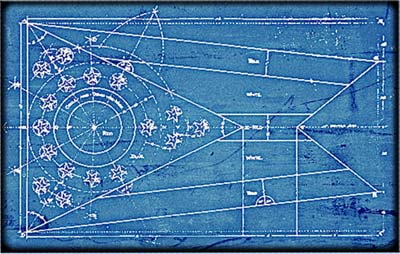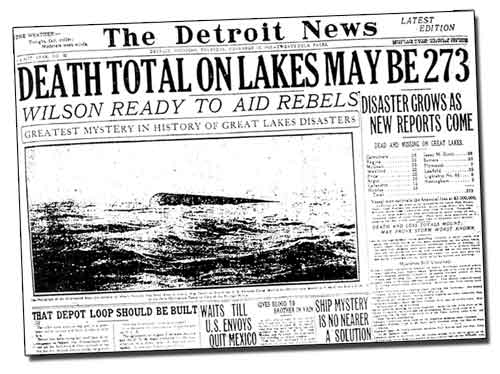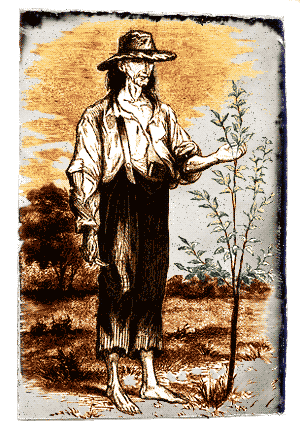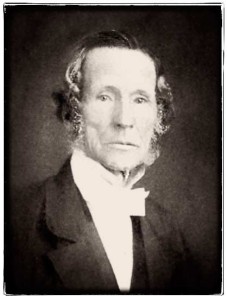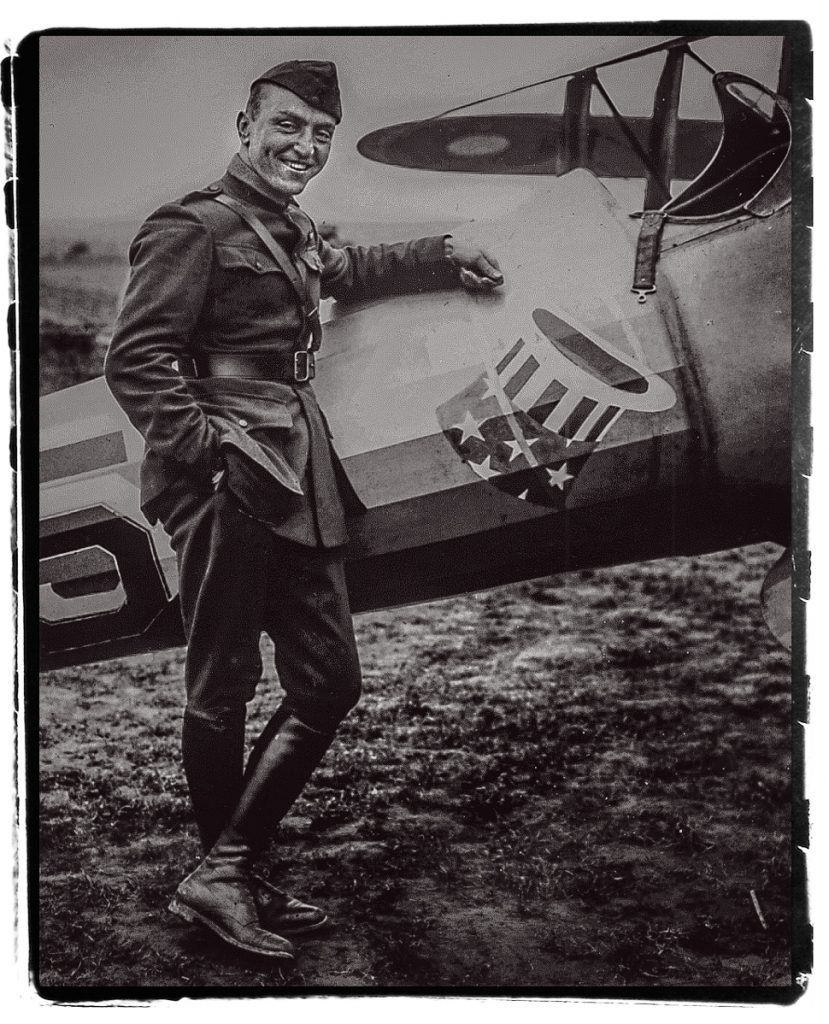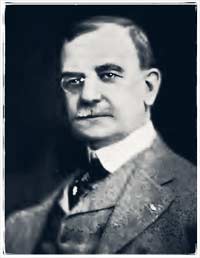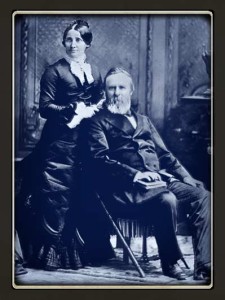
In 1876 Alexander Graham Bell was awarded the first U.S. Patent for the telephone. A year later the sitting President of the United States, Rutherford B. Hayes, who was born in Delaware, Ohio, installed this new technology in the White House’s telegraph room. Several years earlier, Hayes first used a telephone in a call to its inventor, after which the future president was quoted to have said:
“It’s a great invention, but who would ever want to use one?”
With such a new invention that was not widely accepted, one might wonder who President Hayes wanted to call or who would be calling him? In May of 1876 the only other number in Washington was to the Treasury Department. It would take a while before the first telephone exchange would be created. The White House phone number was #1.
It would take another 50 years before the telephone actually became a regular feature of the President’s desk when President Hoover had one installed in the Oval Office.
